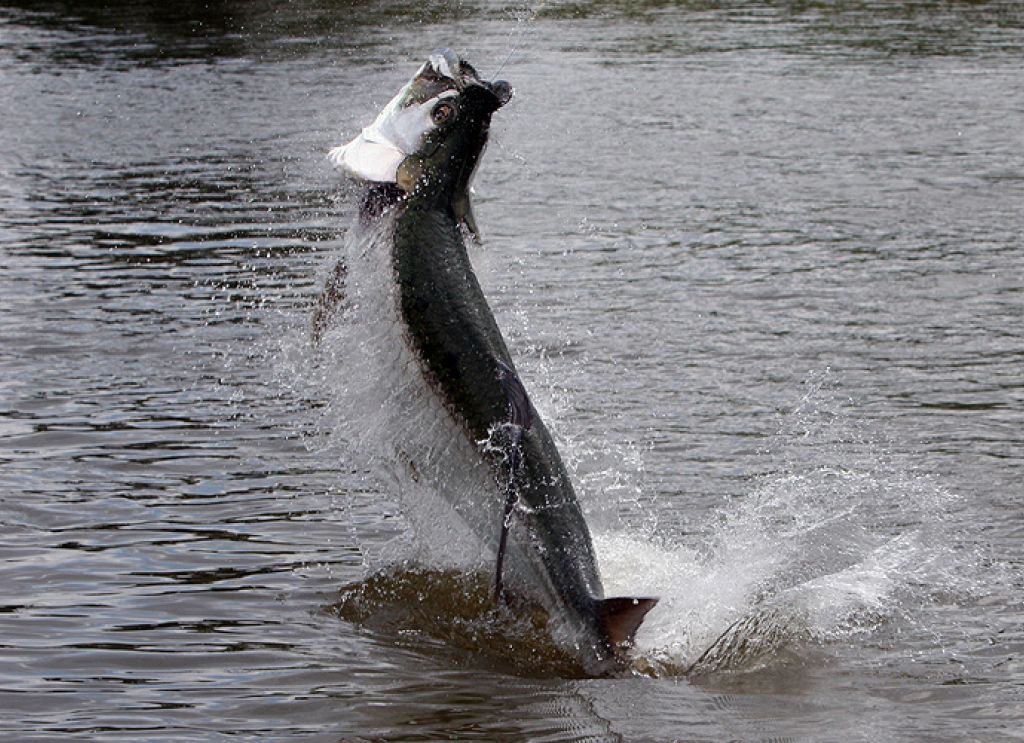
27 Dec Cano Negro, Rio Frio, Lake Nicaragua and San Juan River Fishing
Cano Negro, Lake Arenal, Rio Frio River, Lake Nicaragua and the San Juan River are the major fishing spots in the northern part of Costa Rica and the southern part of Nicaragua.
Fish on beautiful Cano Negro and Lake Nicaragua for “Guapote”, the Guapote is basically a Central American Bass although it’s technically a member of the Cichlid family. The Guapote can grow to over 12 pounds; they have a mouthful of teeth, a big lump on their forehead and fight twice as hard as any Largemouth or Smallmouth Bass.
Fish the Cano Negro, Rio Frio River and the San Juan River for Tarpon, Snook, Guapote and more. These areas receive very little fishing pressure and there are giant Tarpon and Snook caught here every year.
OTHER NAMES: Poons, Silver King, Sabalo
DESCRIPTION: Tarpon are blue-gray on the back with silver sides. They are easily identified by their large scales, strongly protruding lower jaws and small dorsal fins that have an elongated ray. These combined characteristics separate Tarpon from their closest relatives, the ladyfish and the bonefish.
TYPICAL HABITAT: The species is most abundant in south Florida, the West Indies, and Central and South America. The preferred habitat is coastal waters such as lower rivers, passes between islands and mangrove-lined lagoons. In these waters, the peculiar rolling movements of the fish — while feeding at the surface — are familiar sights to fishermen.
AGE AND GROWTH: Tarpon grow rapidly, attain a large size (up to 8 feet and 350 pounds), and may live as long as 15 years. Average Tarpon of 12 years is 65 inches.
FOOD QUALITY: The Tarpon is not considered a food fish in the United States.
FEEDING HABITS: Favorite foods are crabs and fishes such as sardines, anchovies, mullets, silversides, hardhead catfish, and atlantic cutlassfish.
SPORTING QUALITIES: As a game fish, the Tarpon has few equals. The fighting quality, characterized by an initial hard strike followed by a series of leaps and runs, is superb. When a tarpon strikes, there is no doubt what has taken the bait. Conventiaonal-tackle sportfishermen use two basic methods to catch tarpon: casting artificial lures from an anchored or drifting boat and float fishing with live bait. For casting, a 6 1/2 to 8-foot rod, levelwind casting reel with star drag, and 150 to 200 yards of 15-to 20-pound test line are standard. Some anglers prefer saltwater spinning tackle. Because Tarpon are temperamental regarding lure type and color, anglers should keep their tackle box well stocked; that includes surface plugs as well as deep-running and slow-sinking lures of all shapes and colors. Given a choice, however, most experienced Tarpon fishermen would probably choose a yellow and silver mirror-sided lure. Most of the fish are caught from March through June and in October and November.


No Comments